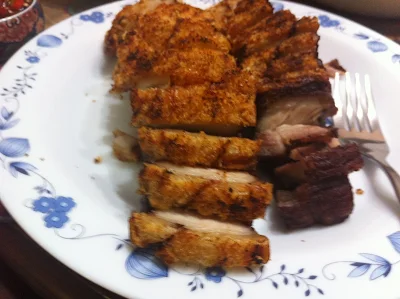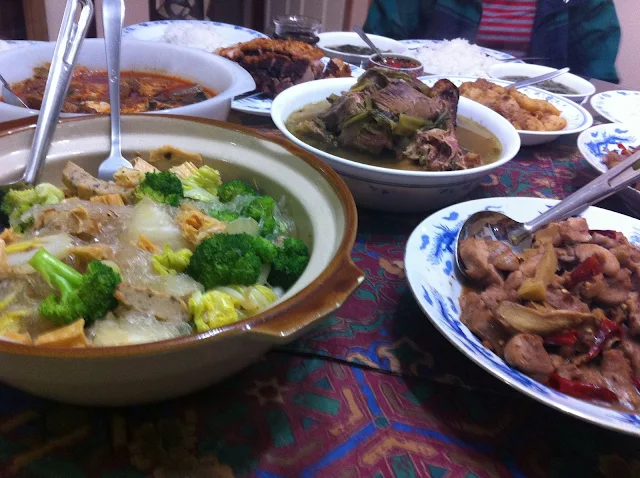

It is only a pavilion with an outdoor seating area. The queues are there, especially in the warmer months, whether by choice or just coming out from the woodwork at Belmore Basin at Wollongong Harbour. On first impressions, this could be the scene at any major surf beach in Australia, the need to have chips and seafood on paper. The customers at LeVendi's can be beach goers, tourists, families and locals. The harbour is not big but just right. You can see the lighthouses. You can see Port Kembla with its steel works in the distance to the right. Oh yes, and then there are the hills, or rather escarpment, looking down on the coastal plains where Wollongong has anchored in. And not to forget, those ever present container ships that park themselves on the ocean's horizon , apparently forever, but actually queuing to enter the Harbour at nearby Port Kembla. The sandy beaches of North Gong, Towradgi and Corrimal beckon as your eyes look towards Sydney side, but Sydney is far away, at least 90 minutes by car away to the north. The Tasman Sea is blue, but so is the sky.
The seafood deep fried in batter is the main draw here, but served and eaten fresh, it becomes the experience. Squid, fish fillets, prawn, calamari, crab meat, you name it. Beer batter. Barramundi pack. The wedges or chips. It is the quality of the takeaway, bristling warm as you hold your delivery in your hands. Burgers if you prefer chicken. If you have no time for anything else, just try the calamari, and you can have it with your own beer. Sauces are generously provided in little plastic containers. Value food when you relate it to the prices asked. I have not tried the
gelatos or coffee at this stage.
The wind blows into my face and the sweat glistens on that of a mate. Sunshades are recommended. We can smell the salty air. There are few tables, all outdoor, and these are quickly snapped up. Many customers just grab and run. LeVendi is located at the ocean side end of Cliff Road, perhaps the street that has the most expensive properties in the CBD. The clients at this lifestyle takeaway are down to earth, relishing some moments away from regime and responsibility, savouring in what matters after all in life - being with Nature, chatting with friends and family, having a hiatus and enjoying what they will remember best of all that day. Mums with kiddos, teenager groups, Grand Dads with the grandkids, blue collar workers, students and singles. The crunchiness of the crust makes me salivate. Then it is the bite into the tender fillings inside. Then I acknowledge the freshness of the ingredients.
When the queues are long, the staff focus on their work. Some say to allow for some time after ordering to expect your food. I reckon that can be unavoidable, as the food is made to your order. Staff can still smile when they know more than just several people are waiting. The domesticated sea gulls add to the colour and ambiance, but they could be after your open food. Chugging fishermen boats come into the relative safety of Wollongong Harbour a stone's throw away. There are cycling, walking and running trails. I can see Bombara, another good grilled seafood place, not far away. The Brit "chipper" has come far in time and geographical distance from Tommyfield in the UK. It is not so cold, the air is balmy and the waves much bigger. Wollongong is a working class city, and no fitter a tribute can LeVendi's pay to its residents than to do the right thing with fish and chips.




































